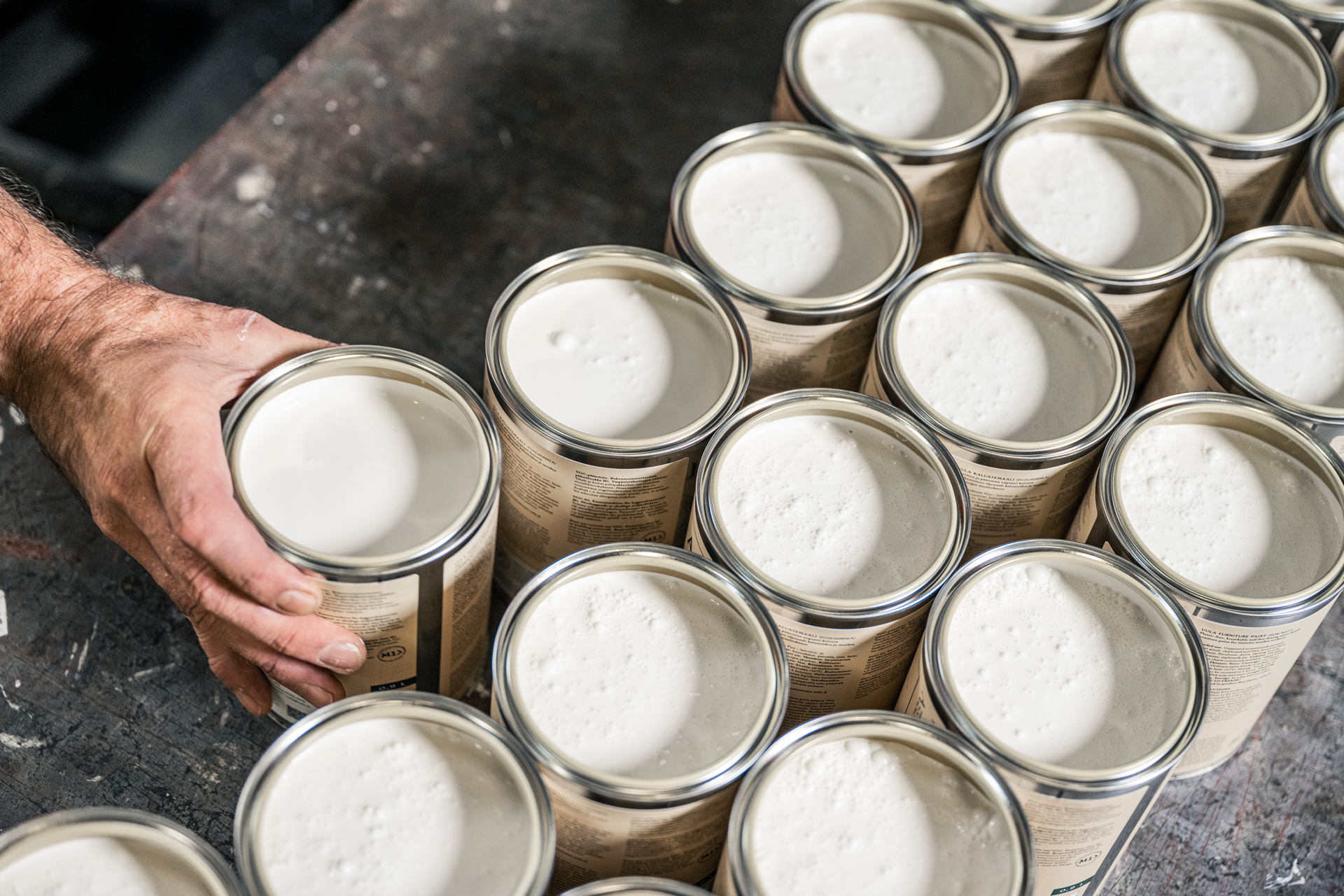Don't paint yourself in a bag! - Three reasons why choose a plastic -free paint
Have you ever thought that many paints are plastic -based? Most of the goals on the market are made from fossil petal derivatives and contain an average of 37% plastic polymers. [i]
Uula paints are made in the traditional way from renewable natural oils such as linseed oil. There are at least three weights to choose a plastic -free paint.
-
Plastic paint particles are the largest source of polluting micro -plastic
For a few years now, it has been known that a significant part of the seas contaminated micro -plastic comes from the particles of plastic binding paints. [II] According to a Swiss study, up to 58% of the micro -plastic shred of the sea is painted. [III] It mainly comes from road markings, freight and passenger ships, and other metal structures by the water, such as bridges, pipelines and oil storage boards. However, Norwegian research also lists the micro-plastic source of paint wear in households, along with fleece clothing, toys, furniture and flooring. For example, the strong washing of concrete, metallic or wooden exterior surfaces of buildings removes small plastic particles that may pass through rainwater drains into waterways. [iv] And no plastic is part of the soil.
-
Plastic binding paints are made from fossil ingredients
Nowadays, it may be difficult to determine what is exactly plastic, as plastic -like materials can also be made from renewable plant -based ingredients such as sugar cane, pulp or starch. In our opinion, it is more important than the classification and definition of plastic to discuss the renewal and environmental endurance of raw materials. A transition from fossil raw materials to renewables is essential not only for increasingly unethical and difficult access to crude oil, but also to limit fossil emissions.
Our paint binders are natural oils that are obtained from oilseeds such as seed linen. Linen is a modest plant in the European climate that can do well with scarce nutrients and water, and has few plant diseases and pests. It grows in the summer and returns to nature in the fall. And leave no waste.
Linseed oil -based surface treatment agents require a solvent as a thinner, they cannot be emulsified as water -borne. We are also moving to renewable thinners, with the solvent of the new bio -based linen oil paint and the traditional Roslag Mahong of Roslag, a traditional plant -based coniferous flap, which is created by a by -product of wood processing.
-
Plastic does not breathe
Plastic has been a key enabler in development in the last century and is an unbeatable material in its place. The ability of plastic to isolates water is one of its useful properties, while breathability is not its strong aspects.
Known as a house doctor, architect Panu Kaila used a plastic bag closed in a plastic bag painted with a plastic -based paint. In order to stay healthy, the wooden structure must breathe, that is, the moisture must be able to pass in the structures in a natural way. If the moisture does not evaporate from the wood surface, it may decay the wood structure. This is particularly important to consider, for example, in front houses with no ventilation gap between the mountain board and the structure.
Naturally, the breathable wooden structure takes moisture and again releases it, and, among other things, it offset the moisture peaks of the indoor air, keeping the indoor air healthy. Natural oil-based paint on both the interior and exterior surfaces allow the wood structure to breathe.
[i] https://www.ea.earth/plastic-sints-the-environment/ [II] https://www.sciencedirect.com/science/article/abs/pii/S0025326x20309656 [iii] https://www.ea.earth/plastic-sints-the-environment/ [iv] https://www.miljodirektoratet.no/globalasetss/publikasjoner/m321/m321.pdf

